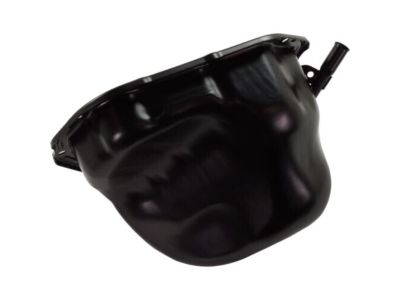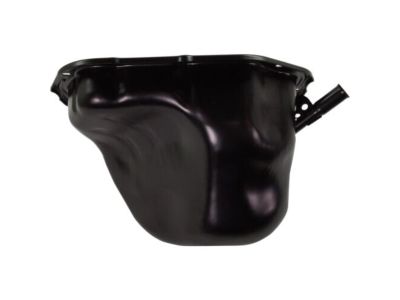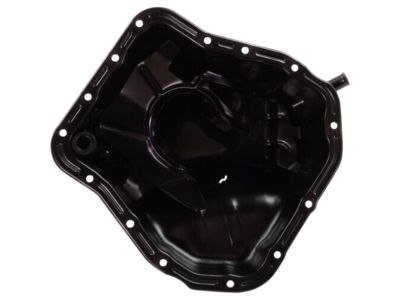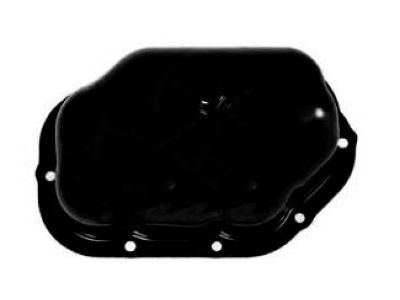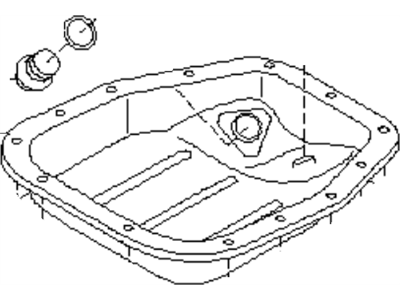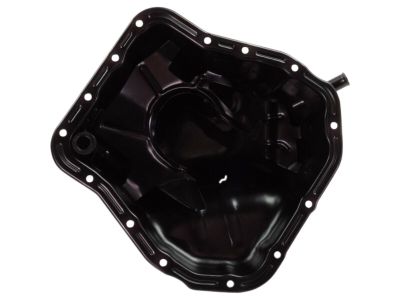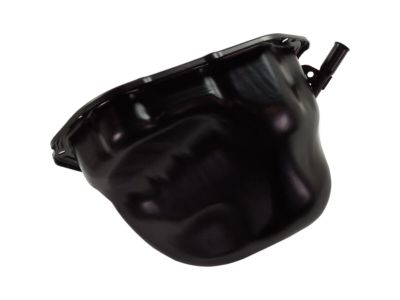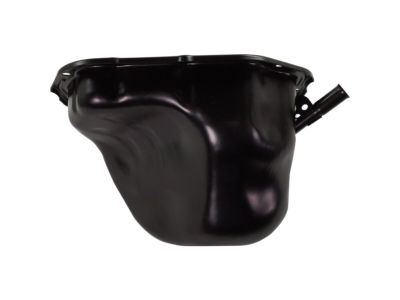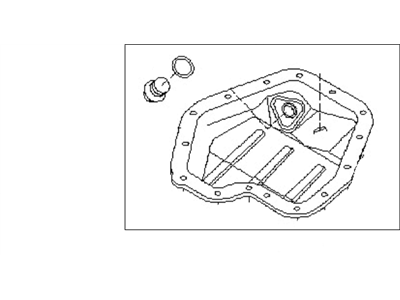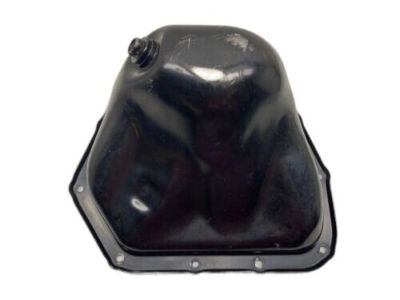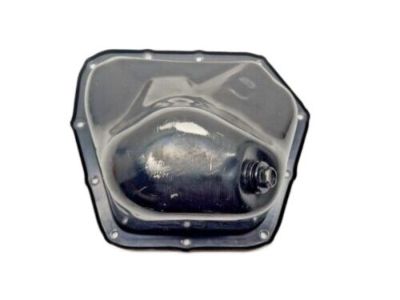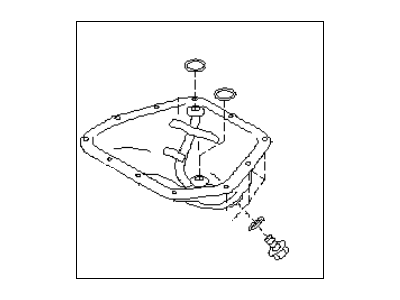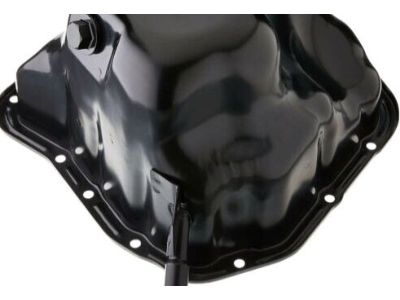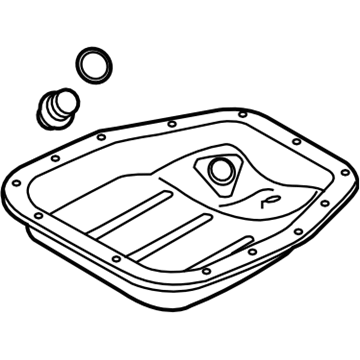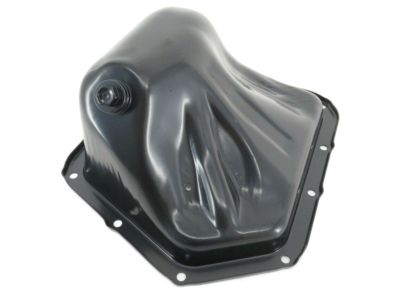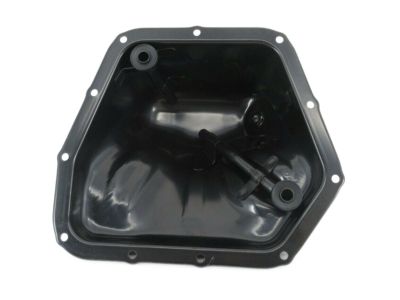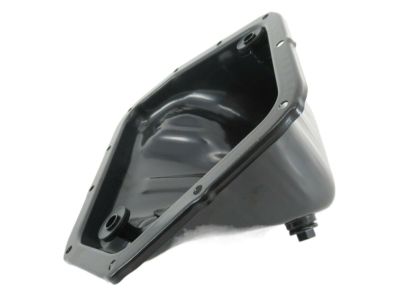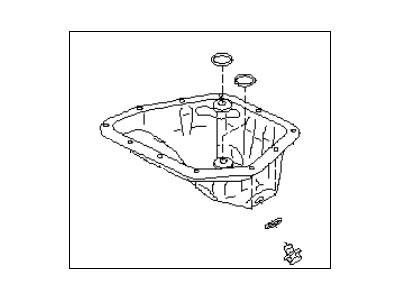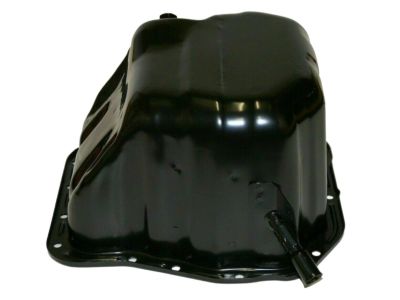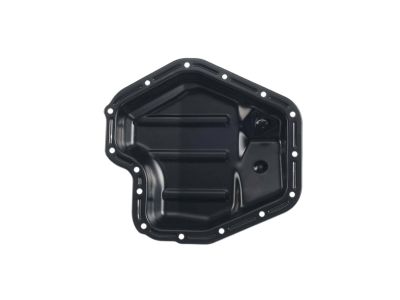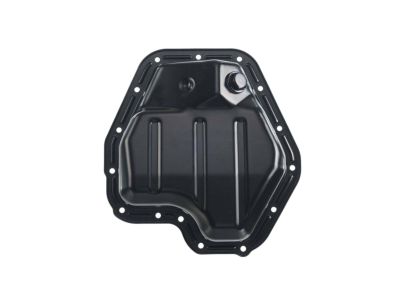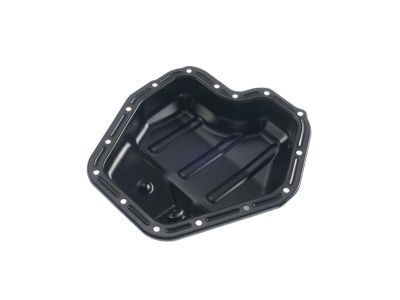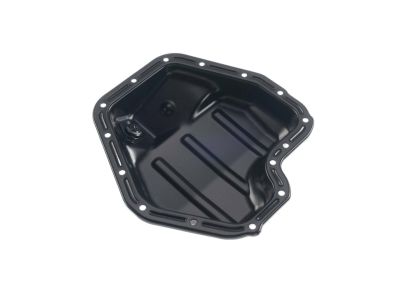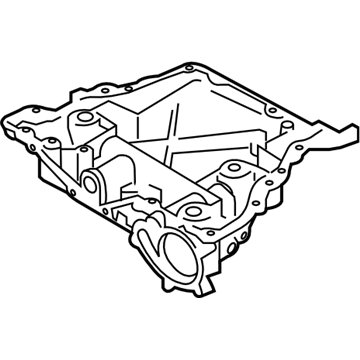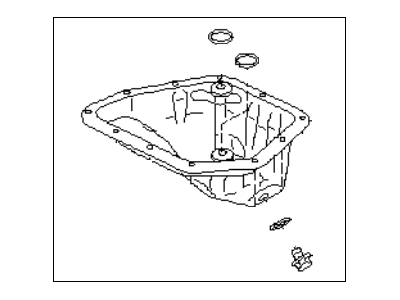×
- Hello
- Login or Register
- Quick Links
- Live Chat
- Track Order
- Parts Availability
- RMA
- Help Center
- Contact Us
- Shop for
- Subaru Parts
- Subaru Accessories


My Garage
My Account
Cart
Genuine Subaru Legacy Oil Pan
Oil Drain Pan- Select Vehicle by Model
- Select Vehicle by VIN
Select Vehicle by Model
orMake
Model
Year
Select Vehicle by VIN
For the most accurate results, select vehicle by your VIN (Vehicle Identification Number).
25 Oil Pans found


Subaru Legacy Pan Assembly Oil
Part Number: 11109AA200$65.67 MSRP: $95.17You Save: $29.50 (31%)Ships in 1 Business Day
Subaru Legacy Oil Pan Assembly Engine
Part Number: 11109AA150$97.97 MSRP: $141.98You Save: $44.01 (31%)
Subaru Legacy Oil Pan Assembly Engine
Part Number: 11109AA270$101.71 MSRP: $147.40You Save: $45.69 (31%)Ships in 1-2 Business Days
Subaru Legacy Oil Pan Assembly Engine
Part Number: 11109AA131$123.02 MSRP: $178.28You Save: $55.26 (31%)Ships in 1-3 Business Days
Subaru Legacy Oil Pan Assembly Engine
Part Number: 11109AA180$97.72 MSRP: $141.62You Save: $43.90 (31%)Ships in 1-3 Business Days
Subaru Legacy Pan Assembly-Oil
Part Number: 11109AA253$101.71 MSRP: $147.40You Save: $45.69 (31%)Ships in 1 Business Day
Subaru Legacy Pan Assembly Oil
Part Number: 11109AA052$131.23 MSRP: $190.18You Save: $58.95 (31%)Ships in 1-3 Business Days
Subaru Legacy Oil Pan Assembly-Engine
Part Number: 11109AA122$130.11 MSRP: $188.57You Save: $58.46 (31%)Ships in 1-3 Business DaysSubaru Legacy Pan COMPL-Oil UPR
Part Number: 11120AA59A$143.61 MSRP: $209.95You Save: $66.34 (32%)Ships in 1-3 Business DaysSubaru Legacy Oil Pan Complete Upper
Part Number: 11120AA22A$119.04 MSRP: $172.52You Save: $53.48 (31%)Ships in 1-3 Business DaysSubaru Legacy Oil Pan Assembly Engine
Part Number: 11109AA252$101.71 MSRP: $147.40You Save: $45.69 (31%)Ships in 1-3 Business DaysSubaru Legacy PB001465 Pan Complete-Oil
Part Number: 11120AA35A$124.89 MSRP: $181.00You Save: $56.11 (31%)Ships in 1-3 Business DaysSubaru Legacy Oil Pan Complete Upper
Part Number: 11120AA35B$124.89 MSRP: $181.00You Save: $56.11 (31%)Ships in 1-3 Business DaysSubaru Legacy Pan Assembly Oil
Part Number: 11109AA110$165.48 MSRP: $241.93You Save: $76.45 (32%)Ships in 1-3 Business DaysSubaru Legacy Oil Pan Assembly
Part Number: 11109AA111$165.48 MSRP: $241.93You Save: $76.45 (32%)Ships in 1-3 Business DaysSubaru Legacy Pan Assembly Oil
Part Number: 11109AA210$101.71 MSRP: $147.40You Save: $45.69 (31%)Ships in 1-2 Business DaysSubaru Legacy Pan Assembly Oil
Part Number: 11109AA250$101.71 MSRP: $147.40You Save: $45.69 (31%)Ships in 1-3 Business DaysSubaru Legacy Pan Assembly Oil
Part Number: 11109AA251$101.71 MSRP: $147.40You Save: $45.69 (31%)Ships in 1-3 Business DaysSubaru Legacy Pan Assembly Oil
Part Number: 11109AA051$131.23 MSRP: $190.18You Save: $58.95 (31%)Ships in 1-3 Business Days
| Page 1 of 2 |Next >
1-20 of 25 Results
Subaru Legacy Oil Pan
Our website stands as the go-to online destination for OEM Subaru Legacy Oil Pan. With complete lines of genuine Subaru Legacy Oil Pan available at unbeatable market prices, we ensure top quality, reliability, and durability. Each part comes backed by the manufacturer's warranty, reinforcing your trust in our offerings.
Subaru Legacy Oil Pan Parts Questions & Experts Answers
- Q: How to remove and install an oil pan in a Subaru Legacy?A:Disconnect the cable from the negative terminal of the battery. Remove the air filter housing, intake ducts, and the resonator, noting that depending on the vehicle's year and model, the air filter housing may not need to be removed. For turbocharged models, remove the intercooler. Remove the engine support brace and the radiator support brackets. Raise the vehicle and support it securely on jack stands, then remove the front wheels and tires. Remove the engine splash shield, and for non-turbocharged models, remove the Exhaust Manifold, which is necessary for added clearance when raising the engine for oil pan access. Drain the engine oil and remove the oil filter, then remove the dipstick tube by locating the mounting bolt on the cylinder head, removing the bolt, and sliding the dipstick tube out of the lower housing on the oil pan. Connect an engine hoist to the engine, remove the nuts from the engine mounts at the frame, and raise the engine two inches with the hoist. Remove the bolts securing the oil pan to the engine, tapping on the pan with a soft-faced hammer to break the gasket seal, and lower the oil pan from the engine, using a thin putty knife if necessary to break the seal without damaging the aluminum block. If the oil pump pickup tube interferes with oil pan removal, remove the pickup tube bolts and take both the oil pan and pickup tube out of the vehicle. For installation, scrape out all traces of the old gasket from the engine block and oil pan, being careful not to damage the sealing surfaces. Clean the oil pan with solvent and dry it thoroughly, checking for distortion and straightening any warped areas. Install a new O-ring on the pickup tube and place it in the oil pan, then apply a thin coat of gasket sealant to the new oil pan gasket and position it carefully on the oil pan. Raise the oil pan into position, install the pickup tube without disturbing the gasket, and secure the oil pan to the engine block, tightening the bolts hand-tight and then to the specified torque, avoiding over-tightening to prevent oil leaks. Complete the installation by reversing the removal process, refilling with fresh oil, installing a new filter, starting the engine, and checking for oil leaks.
Related Subaru Legacy Parts
Browse by Year
2021 Oil Pan 2020 Oil Pan 2019 Oil Pan 2018 Oil Pan 2017 Oil Pan 2016 Oil Pan 2015 Oil Pan 2014 Oil Pan 2013 Oil Pan 2012 Oil Pan 2011 Oil Pan 2010 Oil Pan 2009 Oil Pan 2008 Oil Pan 2007 Oil Pan 2006 Oil Pan 2005 Oil Pan 2004 Oil Pan 2003 Oil Pan 2002 Oil Pan 2001 Oil Pan 2000 Oil Pan 1999 Oil Pan 1998 Oil Pan 1997 Oil Pan 1996 Oil Pan 1995 Oil Pan 1994 Oil Pan 1993 Oil Pan 1992 Oil Pan 1991 Oil Pan 1990 Oil Pan

